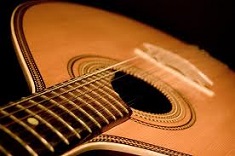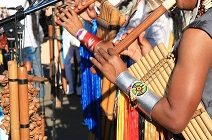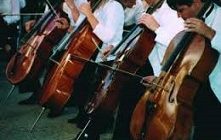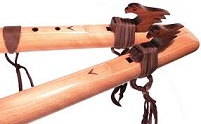Curious about Portuguese fado guitar music, want to know what defines fado style and the history of this music from Portugal? Read our guide for facts & information…
Portuguese fado guitar music has been described as being embedded in the very heart of the Portuguese soul. Fado itself may have its roots in African dances and the soulful outpourings of lonesome fishermen and sailors. By the time it began to be recognized as a separate musical genre, by the 1840’s in Lisbon, it was closely associated with fado marinheiro, the songs of sailors.
This wistful, soulful music has been popularized and enhanced over the years by famous Portuguese fado singers. Although fado has evolved over time its emotional core remains in the Portuguese word saudade. This single word embodies feelings of nostalgia, broken-heartedness and longing.
Famous Portuguese Fado Singers
Although fado was associated with those who made their living from the sea, the first fadista to be recognized widely was Maria Severa, a tavern owner’s daughter. Maria (also known as A Severa) sang fado songs in the taverns of the time and accompanied herself on a Portuguese guitar. During her short life of 26 years her fame was enhanced by being romantically linked (among others) with Francisco de Paula Portugal e Castro, 13th Count of Vimioso. Long after her death in 1846 her renown was further enhanced by a novel written by Júlio Dantas, entitled A Severa. That work was made into a play and brought to the stage in 1901.
Eventually the singers of fado divided into two separate styles that were regionally based in the Portuguese cities of Lisbon and Coimbra. The Coimbra style is thought to be more refined and classically based than the popular Lisbon style.
Fado singers in mid-20th century Portugal did manage to incorporate academic and bohemian themes into the Coimbra variety of fado. Fadistas included Augusto Hilário and António Menano.
A movement that arose in the 1950’s in Coimbra can be compared to the folk music revival that swept North America around the same time. Fado singers in Coimbra took a renewed interest in ballads and folklore. Like their contemporaries in North America they admired all forms of poetry and utilized both classic and folk forms in their song to protest against the tyrannical excesses of the Salazar regime that ruled their country at the time. Adriano Correia de Oliveira and José Afonso (Zeca Afonso) were exemplars of this approach.
In more strictly musical terms the father and son team of Artur Paredes and Carlos Paredes revolutionized the tuning of the Portuguese guitar. Eventually their innovations were recognized by guitar players on a worldwide basis. To this day, however, the tunings and colorings of the two schools of fado can be easily distinguished by aficionados.
Both schools of fado utilize the Portuguese guitar (also called a fado).This instrument resembles its ancestor, the lute, although it is flat- rather than round-backed. A Portuguese guitar is typically twelve-stringed and played in combination with a Spanish guitar, called a viola (not to be confused with the more common stringed instrument).





